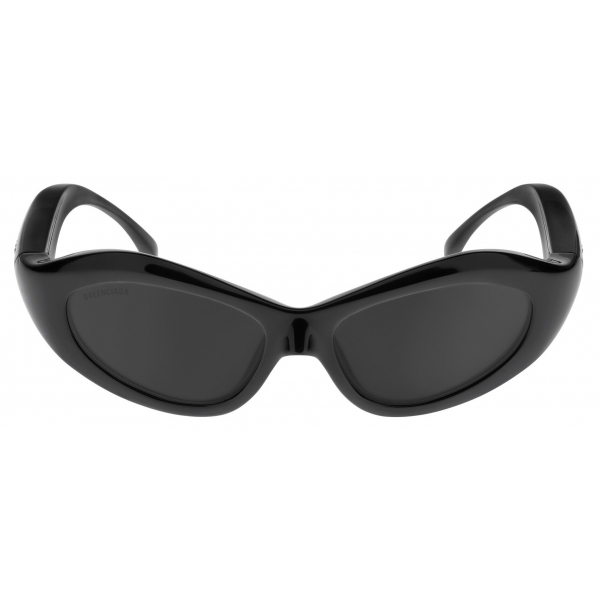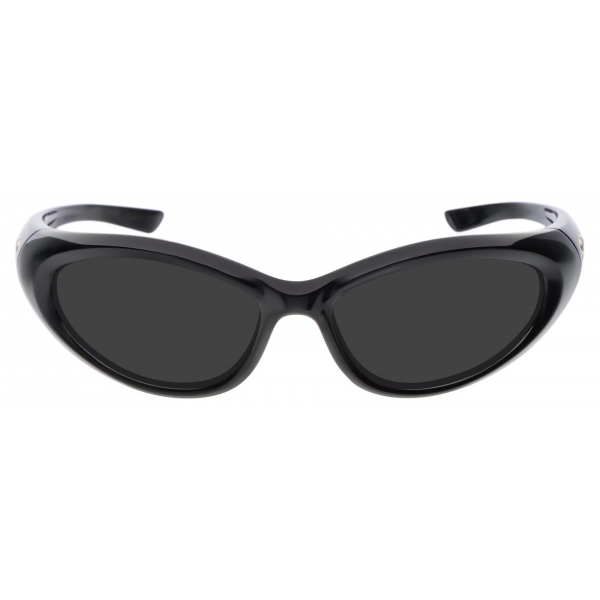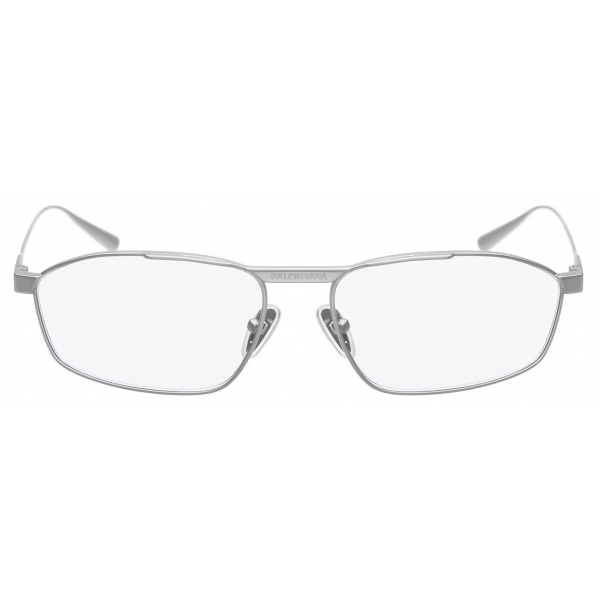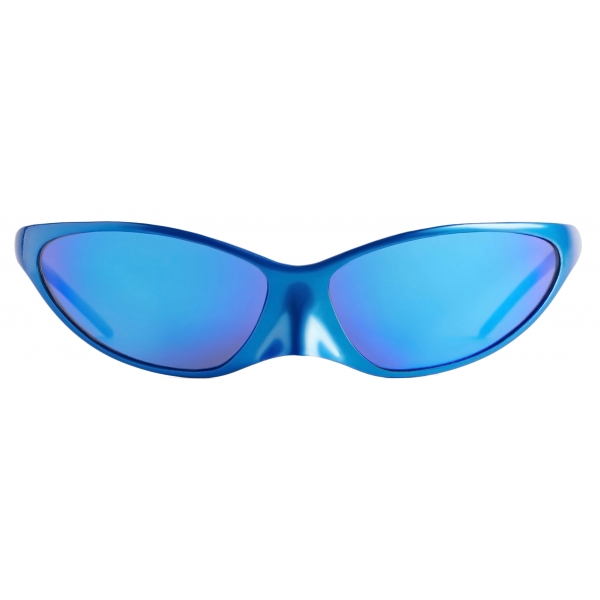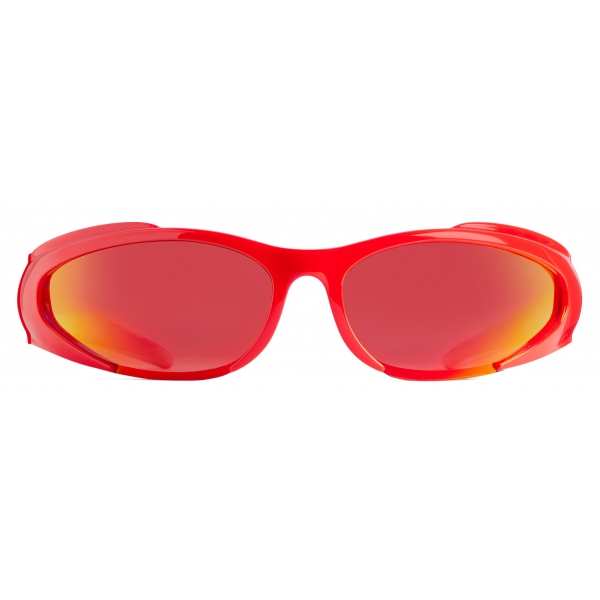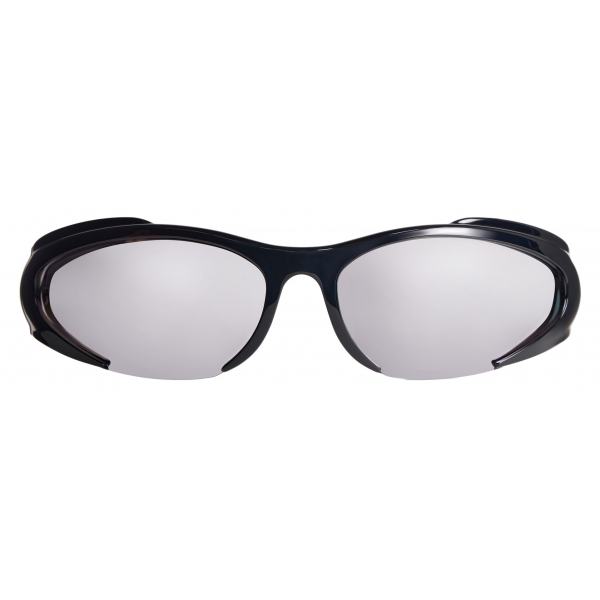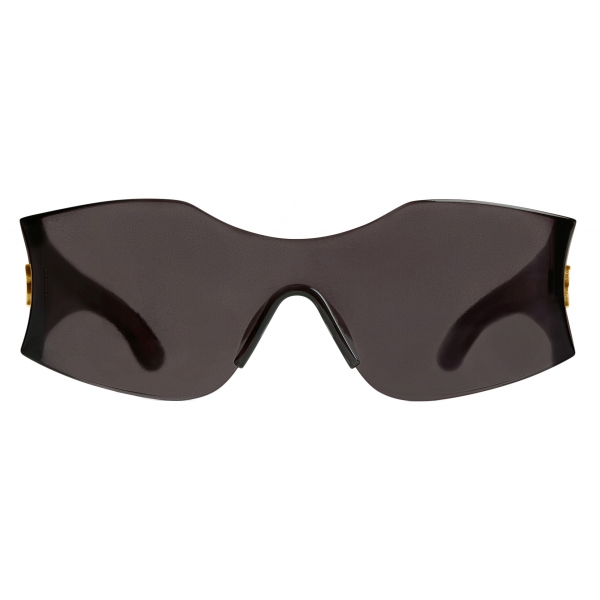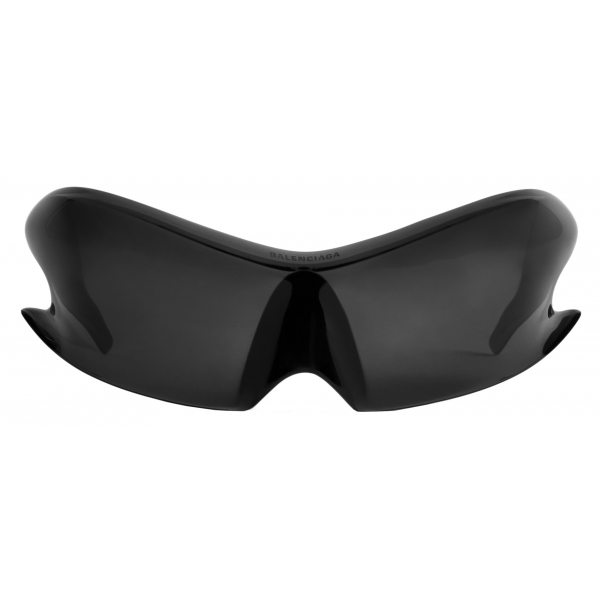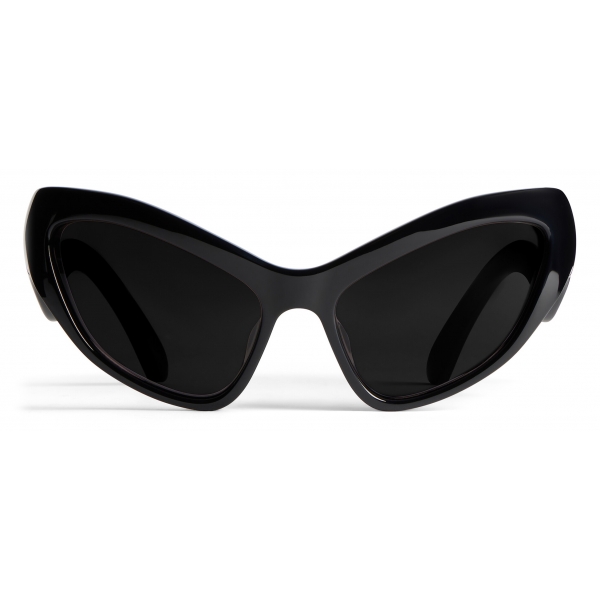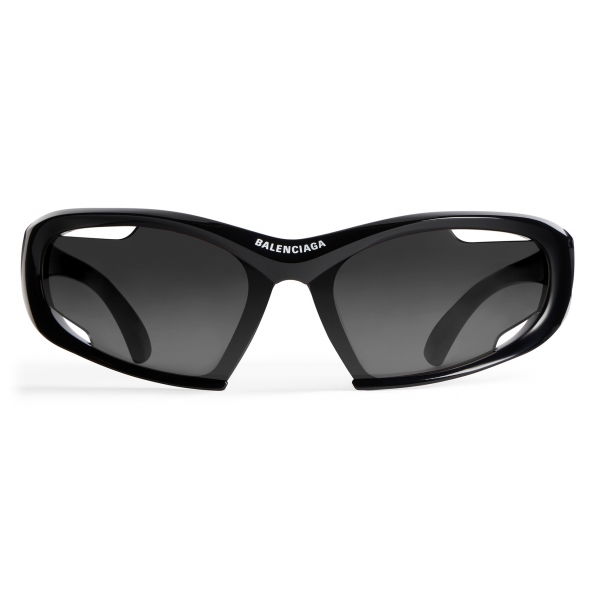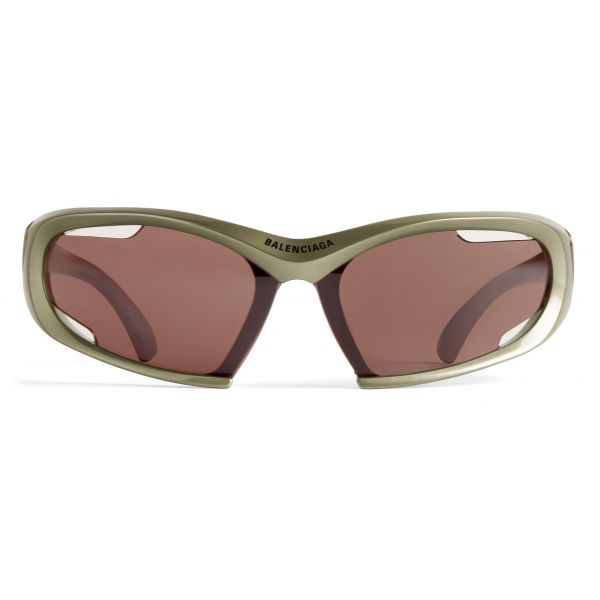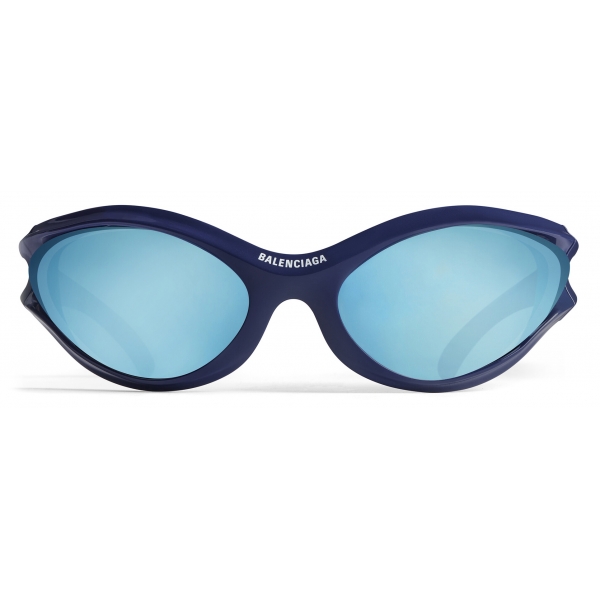No products
Categories
- Fashion Accessories
- Clothing
- Beauty & Lifestyle
-
Hi-Tech & Lifestyle
- Gaming
-
Case
- iPhone 11 Pro
- iPhone 11 Pro Max
- iPhone 11
- iPhone X / XS
- iPhone XS Max
- Samsung S10 / S10+ / S10e
- Huawei P30 / P30 Pro / P30 Lite
- Huawei P20 / P20 Pro / P20 Lite
- iPhone XR
- Samsung S9
- Samsung S9+
- iPhone 8 / 7
- iPhone 8 Plus / 7 Plus
- Samsung S8
- Samsung S8+
- Samsung S7
- Samsung S7 Edge
- iPhone 6 / 6 s
- iPhone 6 Plus / 6 s Plus
- iPhone 5 / SE
- Skin
- Audio
- Smart Home
- Drones & Hoverboard
- Photo & Video
- Desk Supplies
- Accessories
- Games
- Beverages
- Food
- Home
- Jewelry
- Luxury
- Travel
- Art
- Footwear
- Vintage Fashion
- Restaurants
- Sport
- Animals
- Gift Ideas
- Kidswear
Extra
Viewed Products
-

Ca 'Vittoria - Soliz - Treviso Prosecco D.O.C. Extra Dry - Prosecco and...
Straw-yellow with faint greenish...
-

Cantina di Soave - Rocca Sveva - Chardonnay Veneto of Garda D.O.C. - Wines...
Straw yellow. Rich fragrances of ripe...
-

MV Augusta - TecknoMonster - TecknoMonster Carbon Roll Backpack - Trolley -...
Introducing the Carbon Roll Backpack...
-

Prada - Prada Linea Rossa Impavid - Wraparound Sunglasses - Metallic Iron...
Sunglasses with an ultra-modern...
-

Acetaia Sereni - Balsamic Vinegar of Modena I.G.P. Aged "Black Label" -...
Product obtained by maturing in oak...
-

Persol - PO0052S - Black / Clear Gradient Grey - Sunglasses - Persol Eyewear
Protector glasses were born, made...
Balenciaga
The Couturier of Couturiers, The Master of Us All
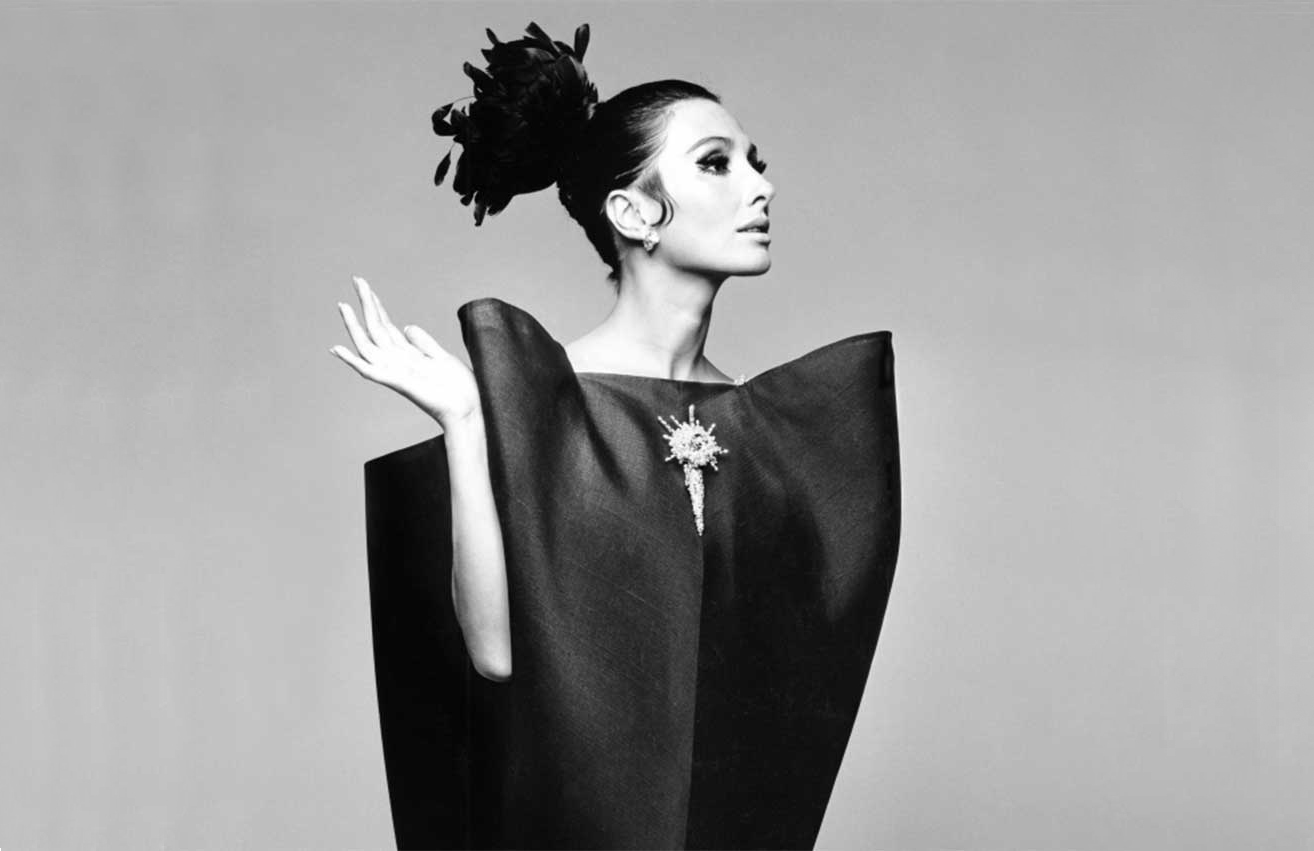
History
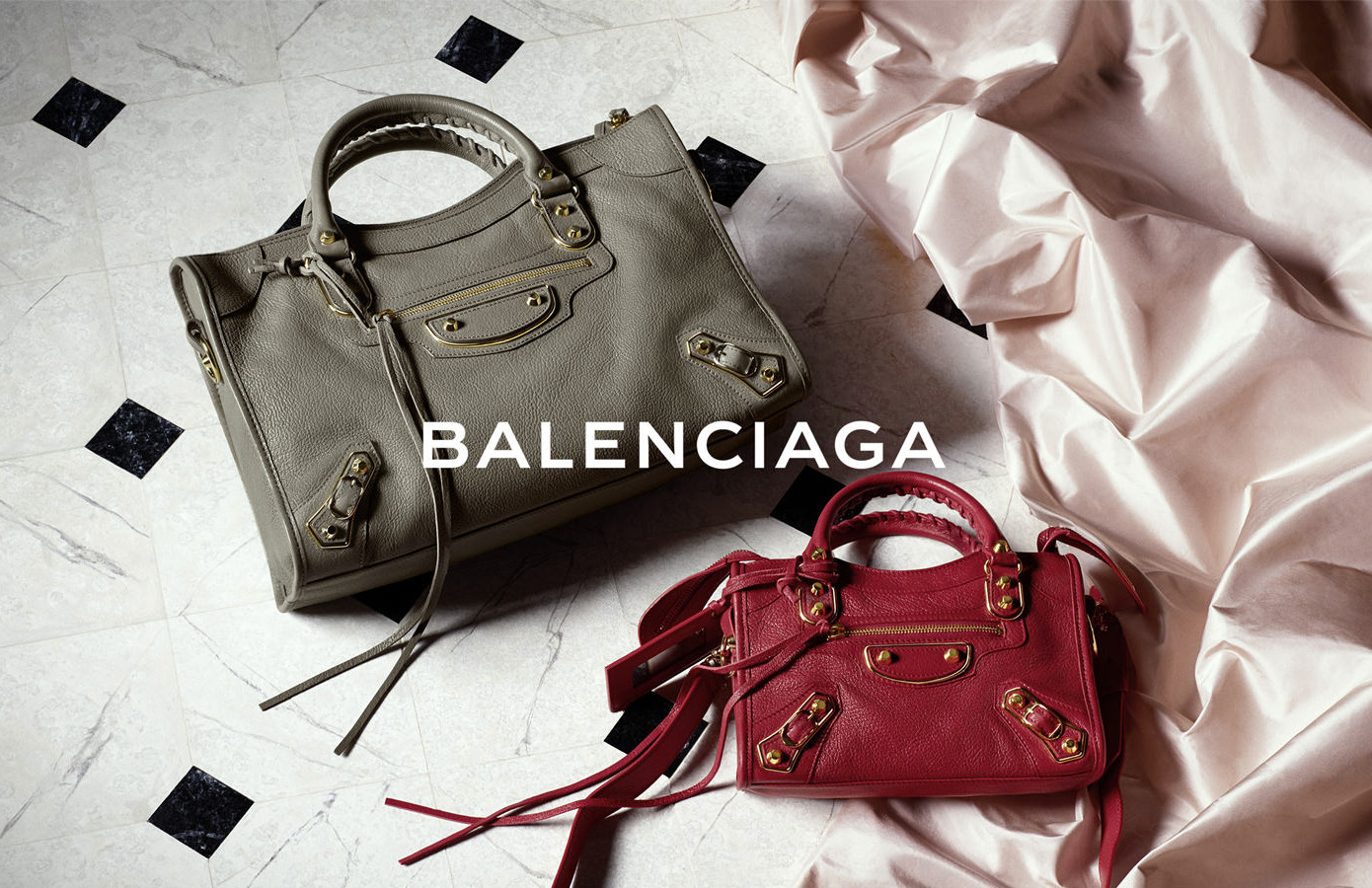
Master of tailoring and precision, Cristobal Balenciaga was able to create soft and elegant lines on the human body.


Spanish by birth, he managed to bring elements from his country like lace, the bolero and the contrasting colors, red and black, to Paris in the 1950s. Balenciaga dedicated his life to designing dresses and managed to go beyond the boundaries of fashion. For this reason, he is considered a true artist.
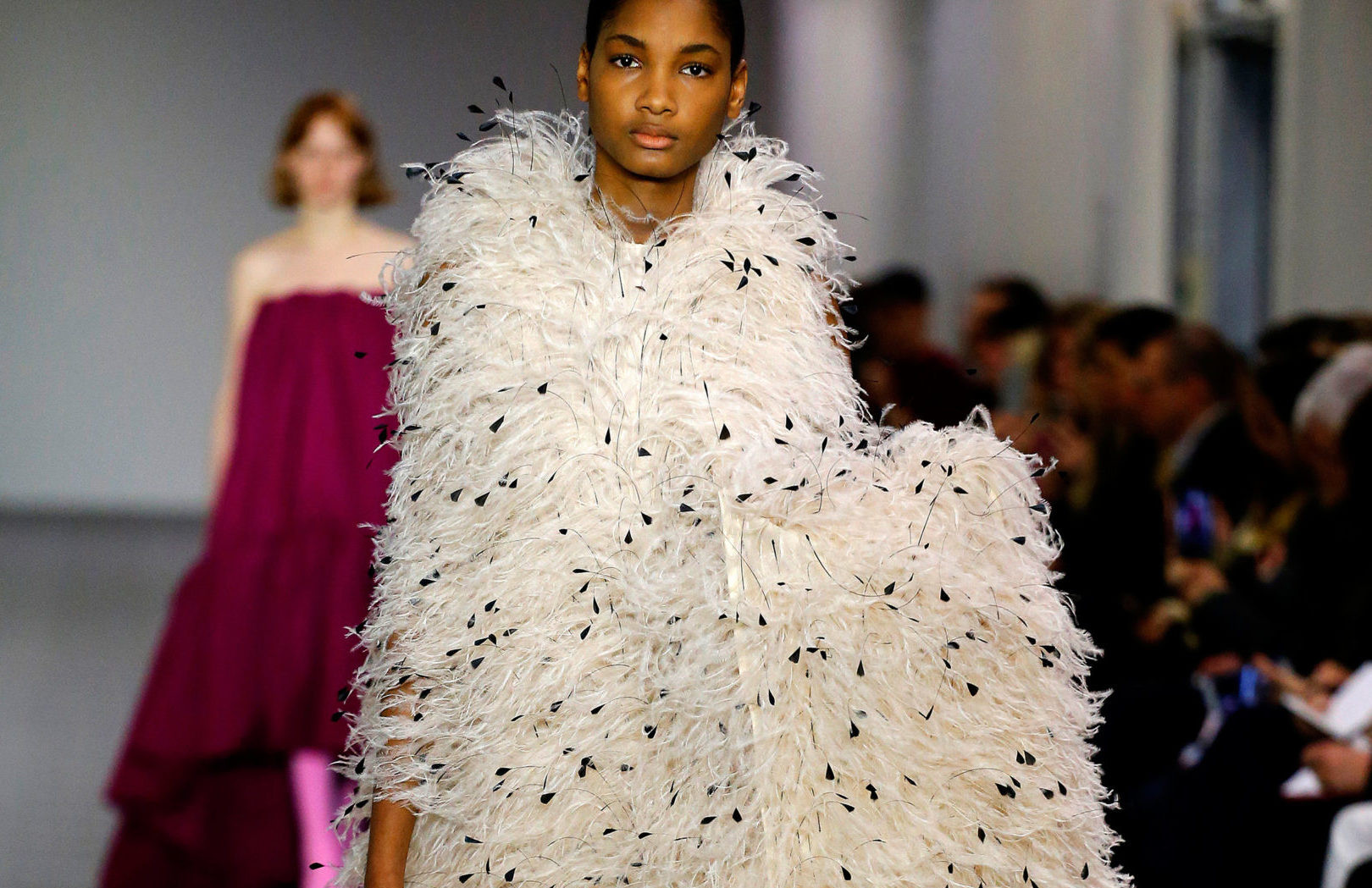
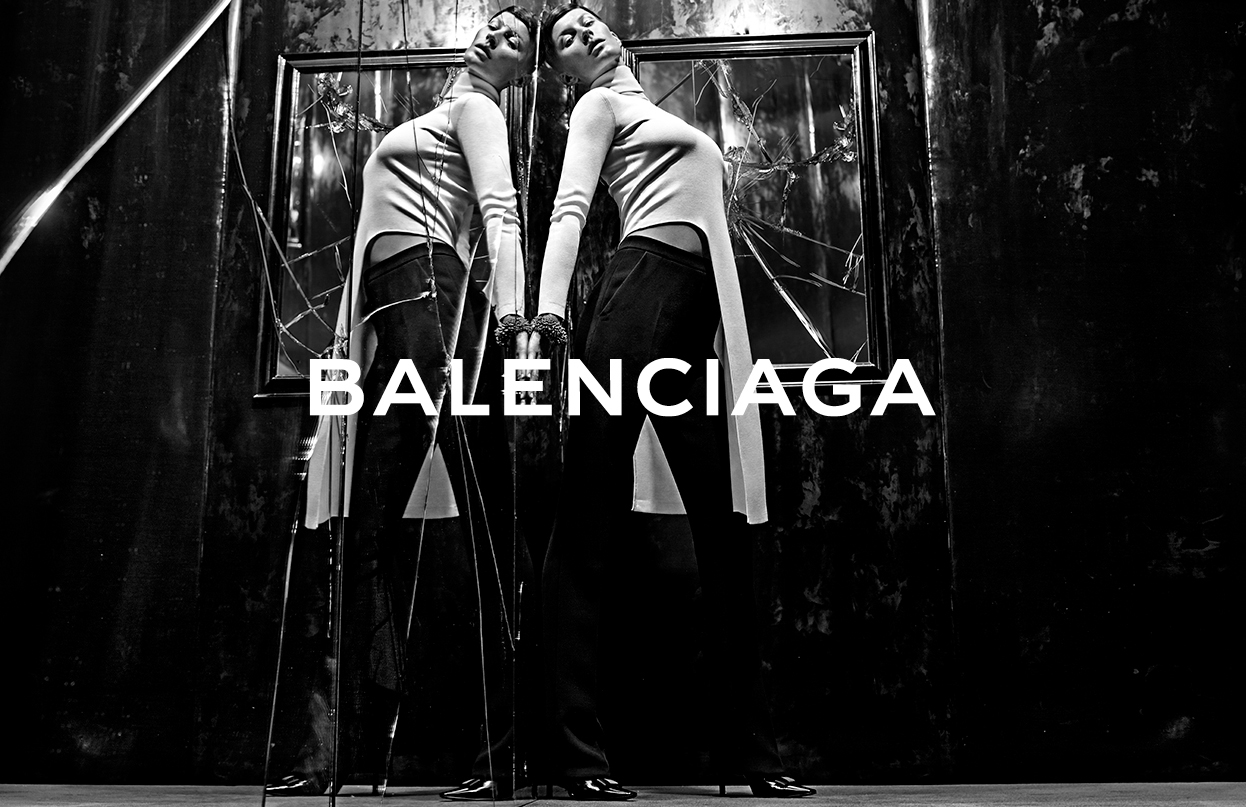
Intuition and innovation, combined with a maniacal precision, are the basis for all of his creationslike collarless shirts, flat necklines, and balloon, tunic, sack and sleeveless dresses.
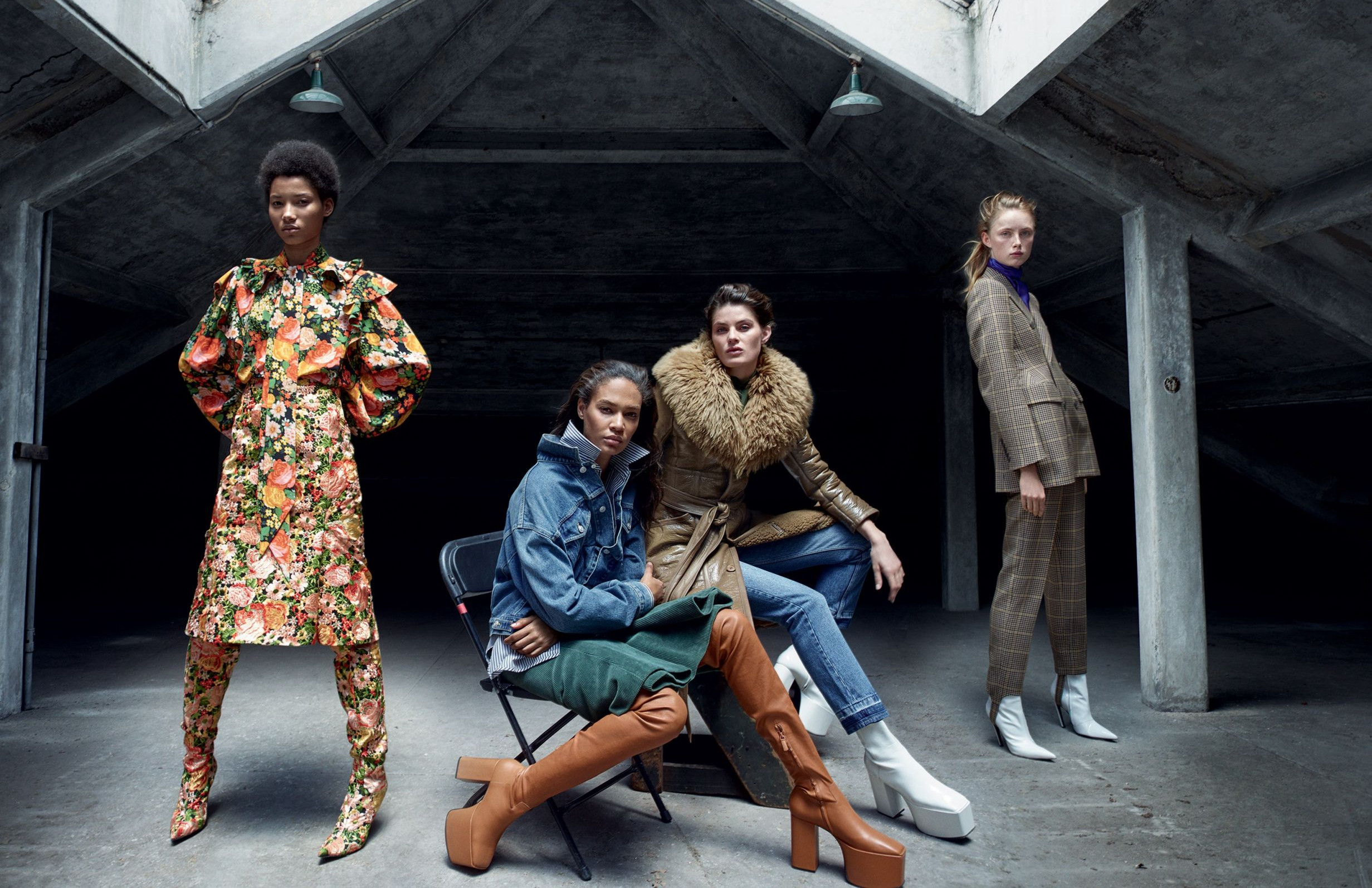
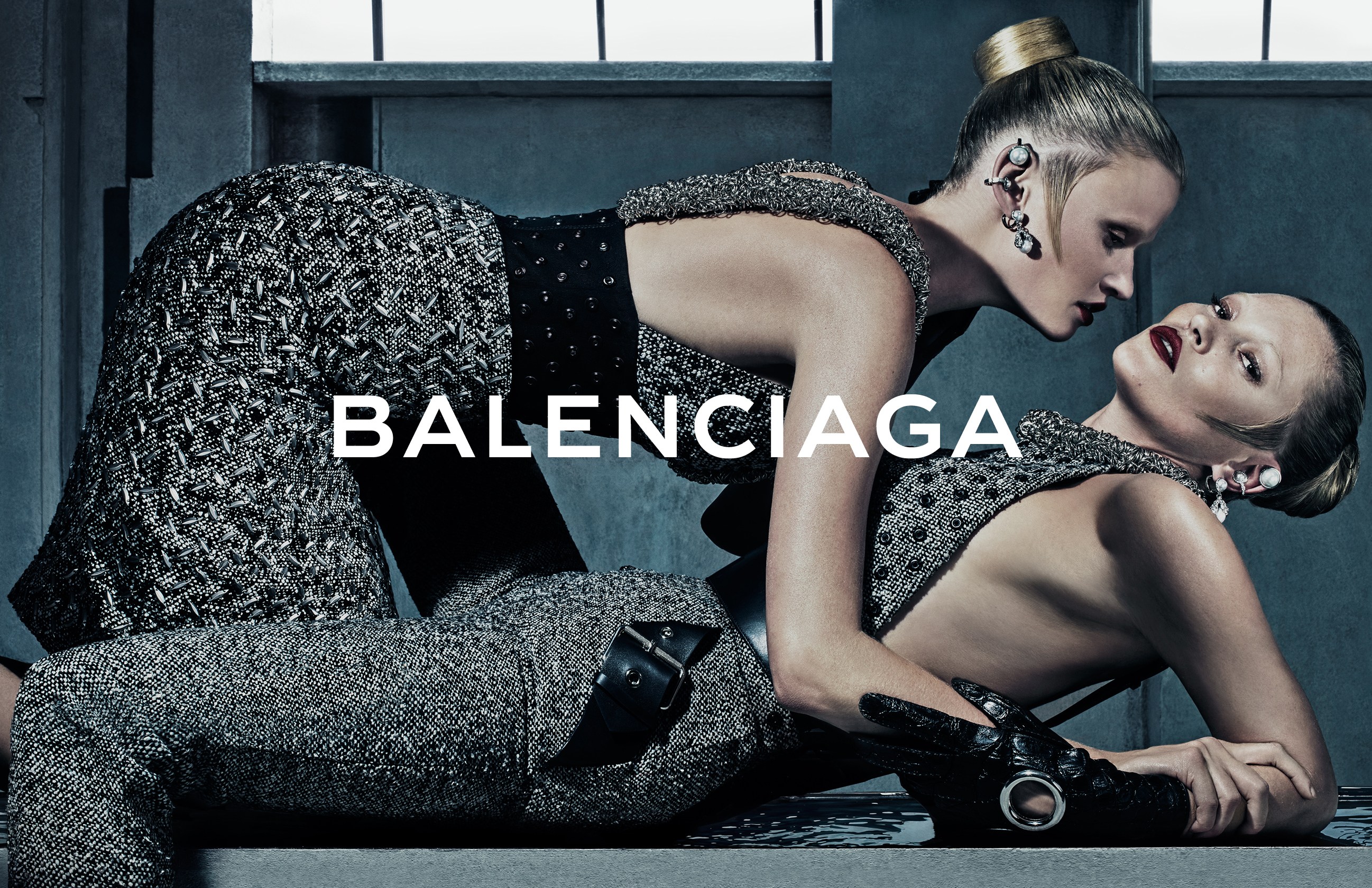
He was born in 1895 in Getaria to a seamstress mother and fisherman father. He inherited his mother’s passion for tailoring and opened his first haute couture boutique in San Sebastian at only 20 years old. His great success in those years led him to open two more boutiques in Madrid and Barcelona.
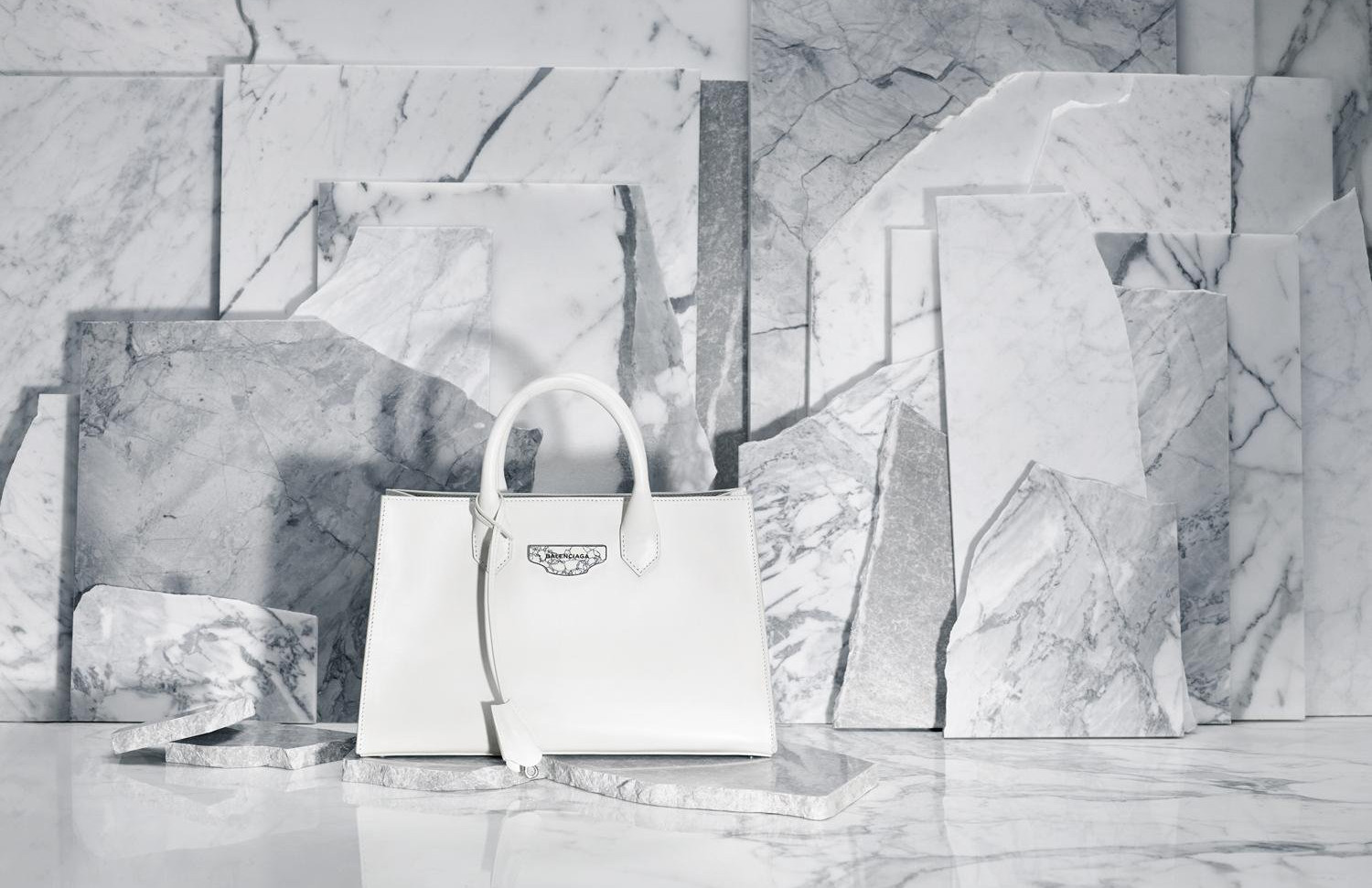

When the Civil War in Spain broke out in 1937, Balenciaga decided to move to Paris where he opened his first boutique on Avenue George V, on the third floor of the Palazzo Borghese. Official Couturier for the Spanish royal family, and valued by Europe’s most beautiful and powerful women of that time, Balenciaga created dresses for a small group of elite women whose status made tribute to his art.
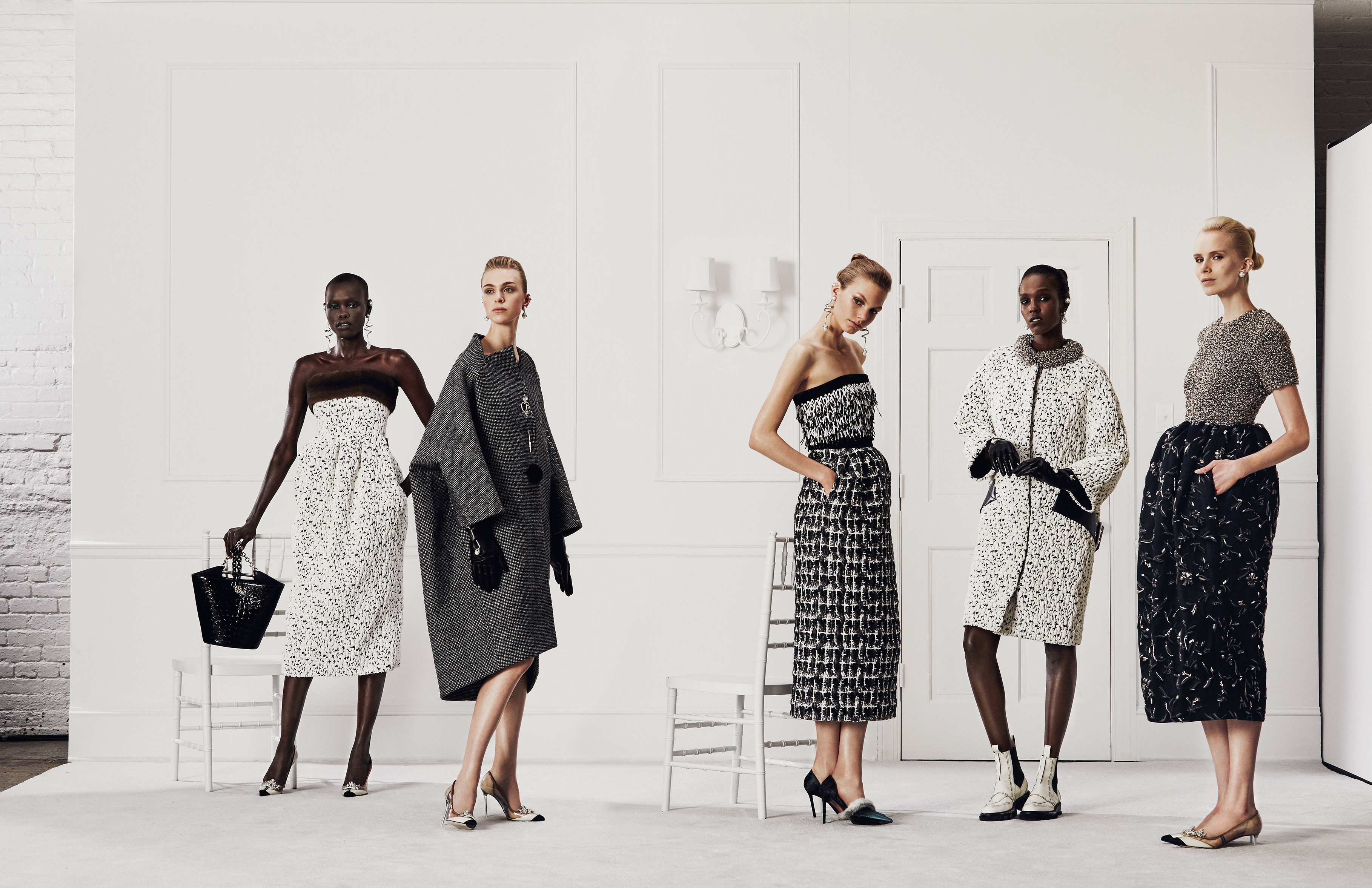

His creations were not flashy or spectacular. On the contrary, they were an expression of inner elegance, and were refined and unpretentious. In the fifties, Balenciaga clashed with the philosophy of the famous fashion designer Christian Dior. Unlike Dior, the Spanish Couturier needed physical contact with the dress and wanted to give a woman’s body freedom. He therefore, eliminated boning, padding, stiff bodices, and thus, deviated from the tailoring techniques of the nineteenth century.


He also knew fabrics and their potential very well and even drew inspiration from them. So much so, that he invented a perfect fabric for creating volume which was suitable for evening wear: Gazar. The pieces he created were so well cut that they didn’t need a body to take shape. Coco Chanel said of him: "Only Balenciaga is a true couturier. Only he is able to cut the fabric, sew it and assemble it with his own hands. The others are just designers."
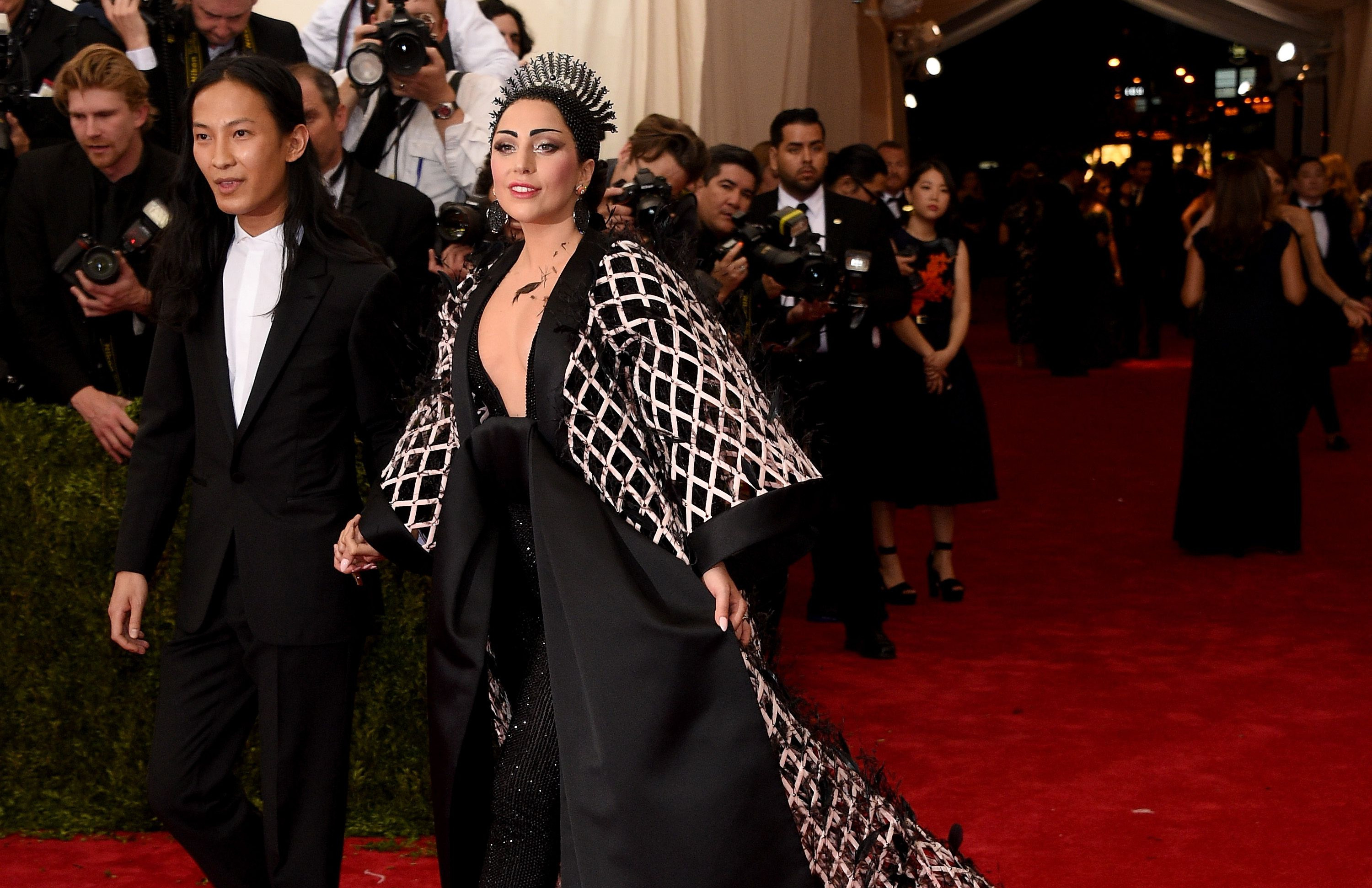
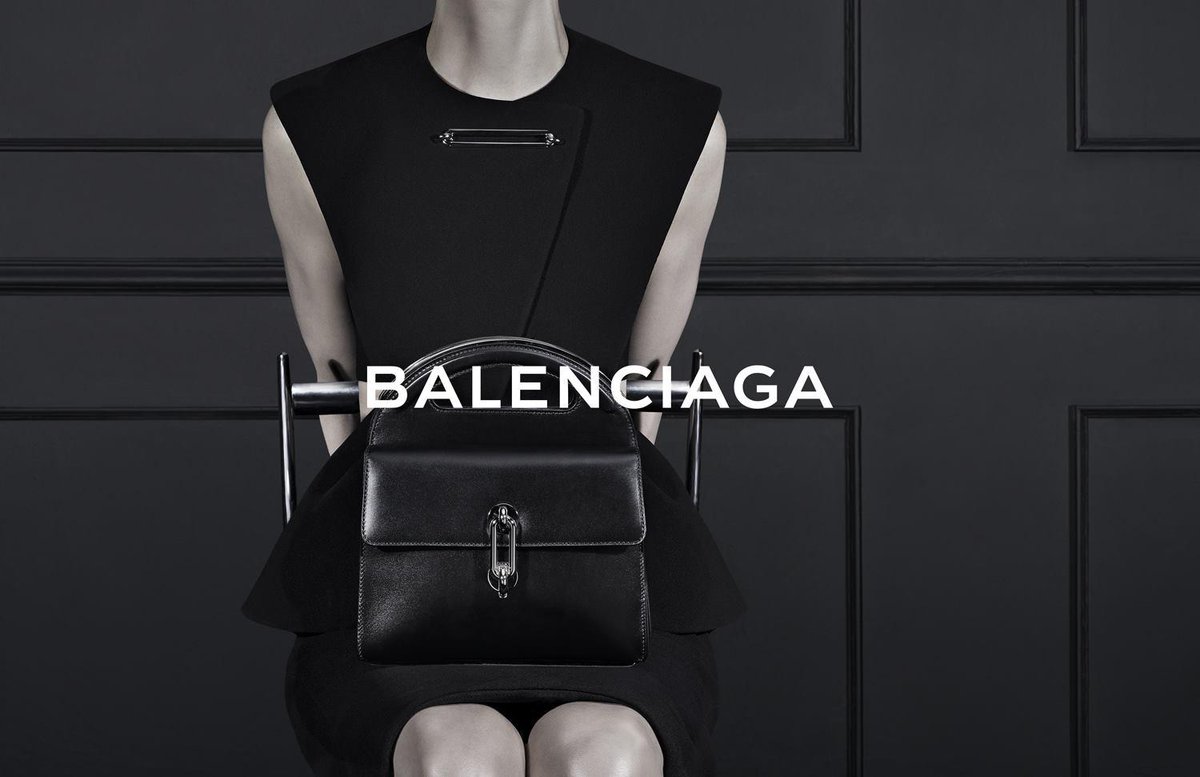
In 1951, a period in which the femininity of a woman was determined by the smallness of her size, he introduced the semi-fitted suit. In 1955, he created the tunic dress and finally the sack dress in 1957, which gave the woman’s body total freedom. He was patient, honest, accurate, and obsessed with achieving perfection.


He personally followed every step in the creation of every outfit. In the sixties, with social unrest and the beginning of the Women’s Movement, women’s needs changed. Ready-to-Wear lines hit the stores: pieces that were packaged and sold in predefined sizes to customers, often in department stores.
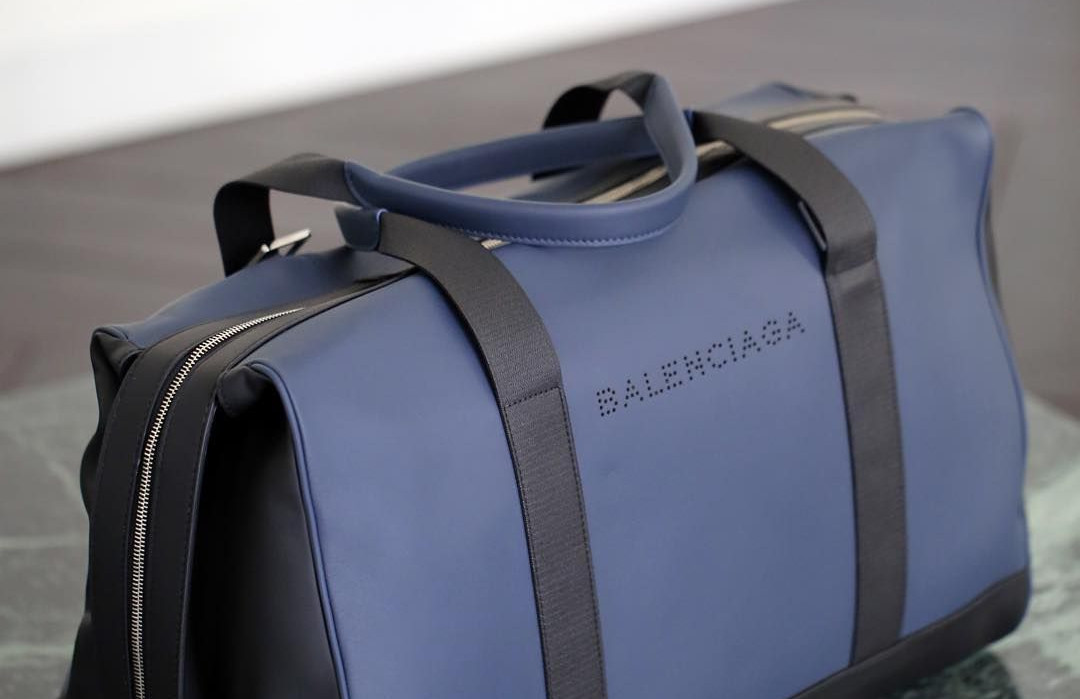

This process was not in line with Balenciaga’s ideas. He didn’t think it was honest to lose contact with the customer because you couldn’t give special attention to the details that would render the dress perfect for a particular body.
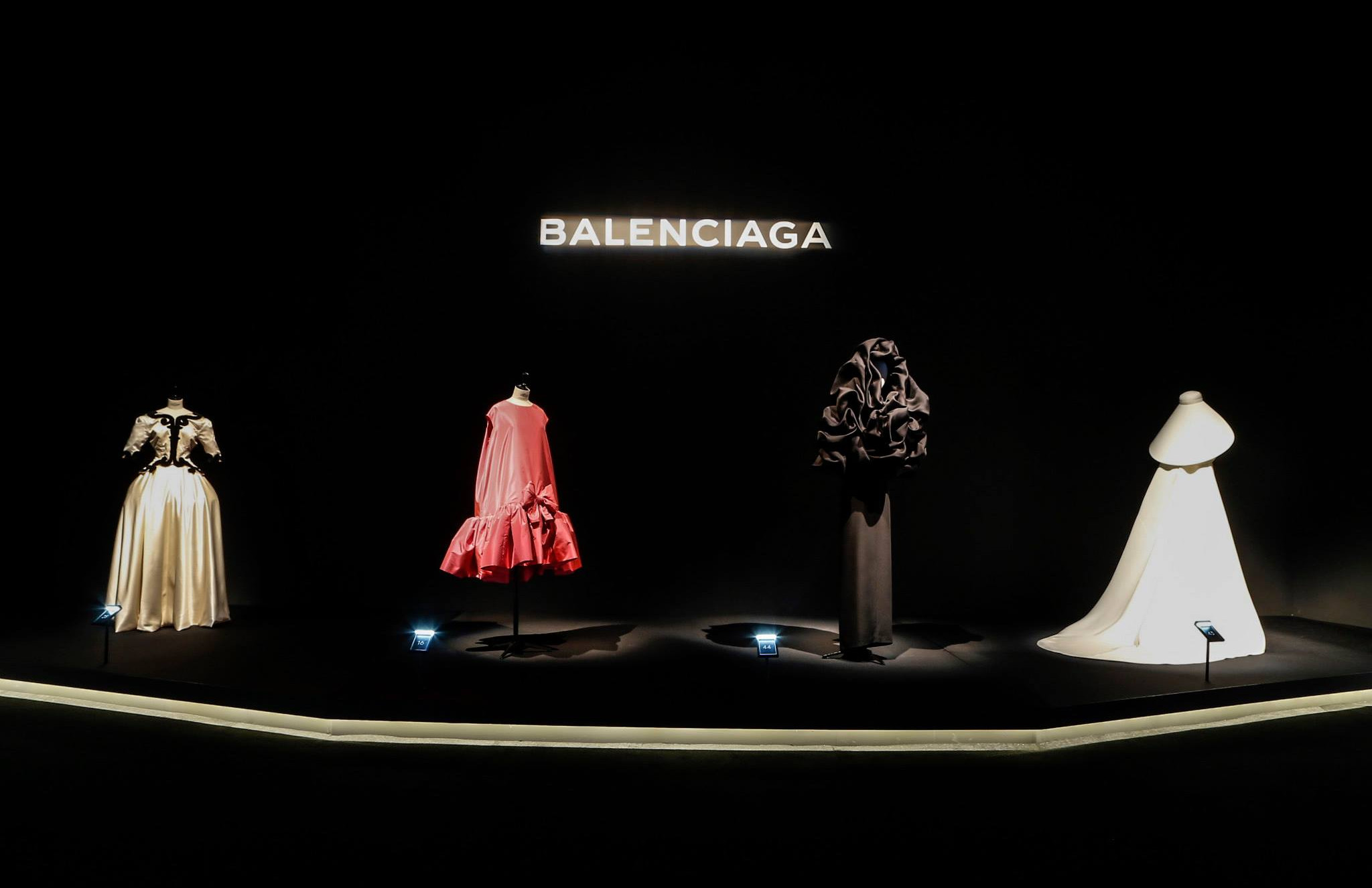
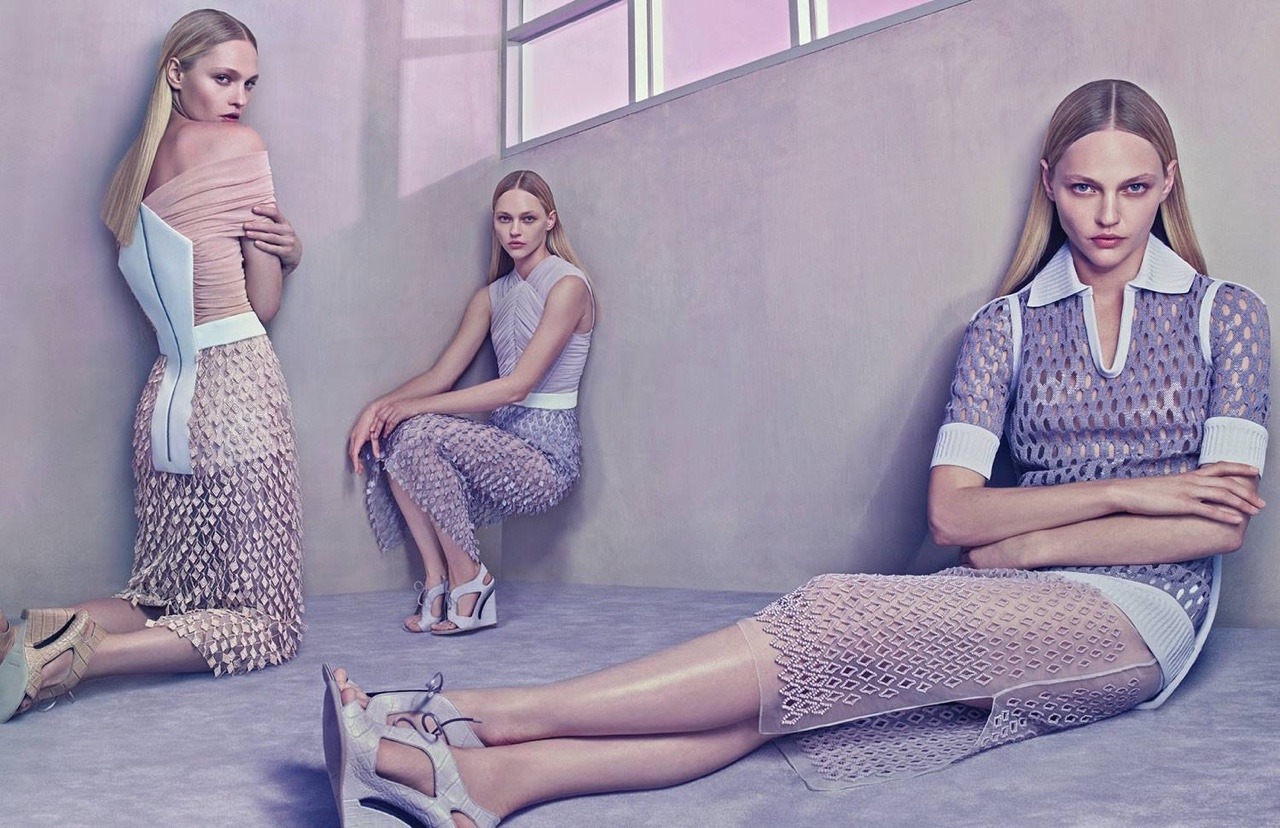
At the height of his fame in 1968, foreseeing an inevitable decline as a result of the changes that were taking place, he preferred to withdraw from the scene.
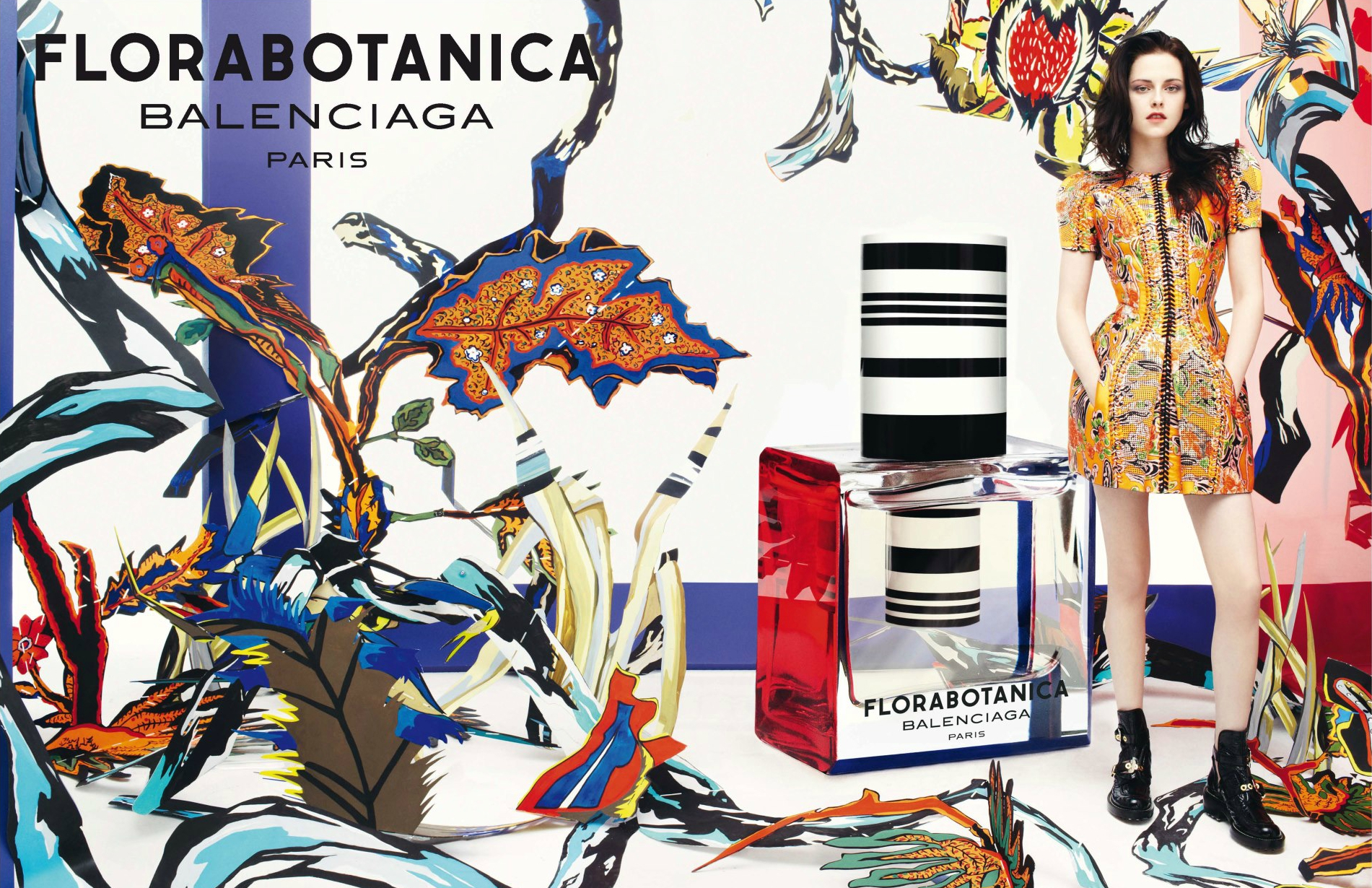
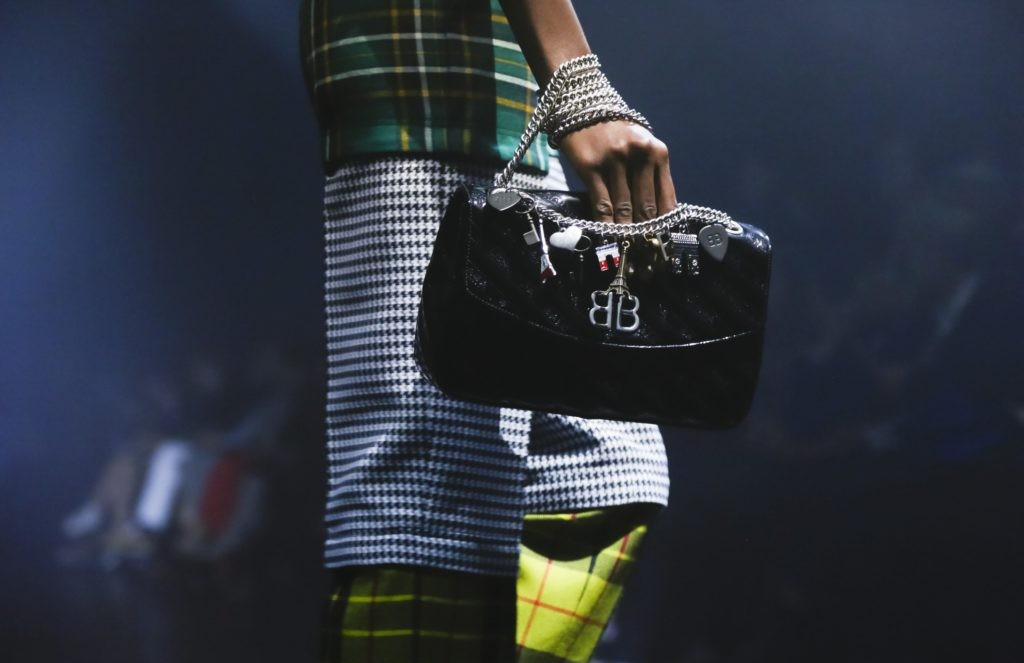
The desires of customers had changed and stylists had the upper hand. However, Cristóbal Balenciaga, will always remain an undeniable symbol of style and elegance. Christian Dior said, "The couturier of couturiers, the master of us all." On June 10, 2011 a museum dedicated to him was inaugurated by Queen Sofia in Getaria, Spain.
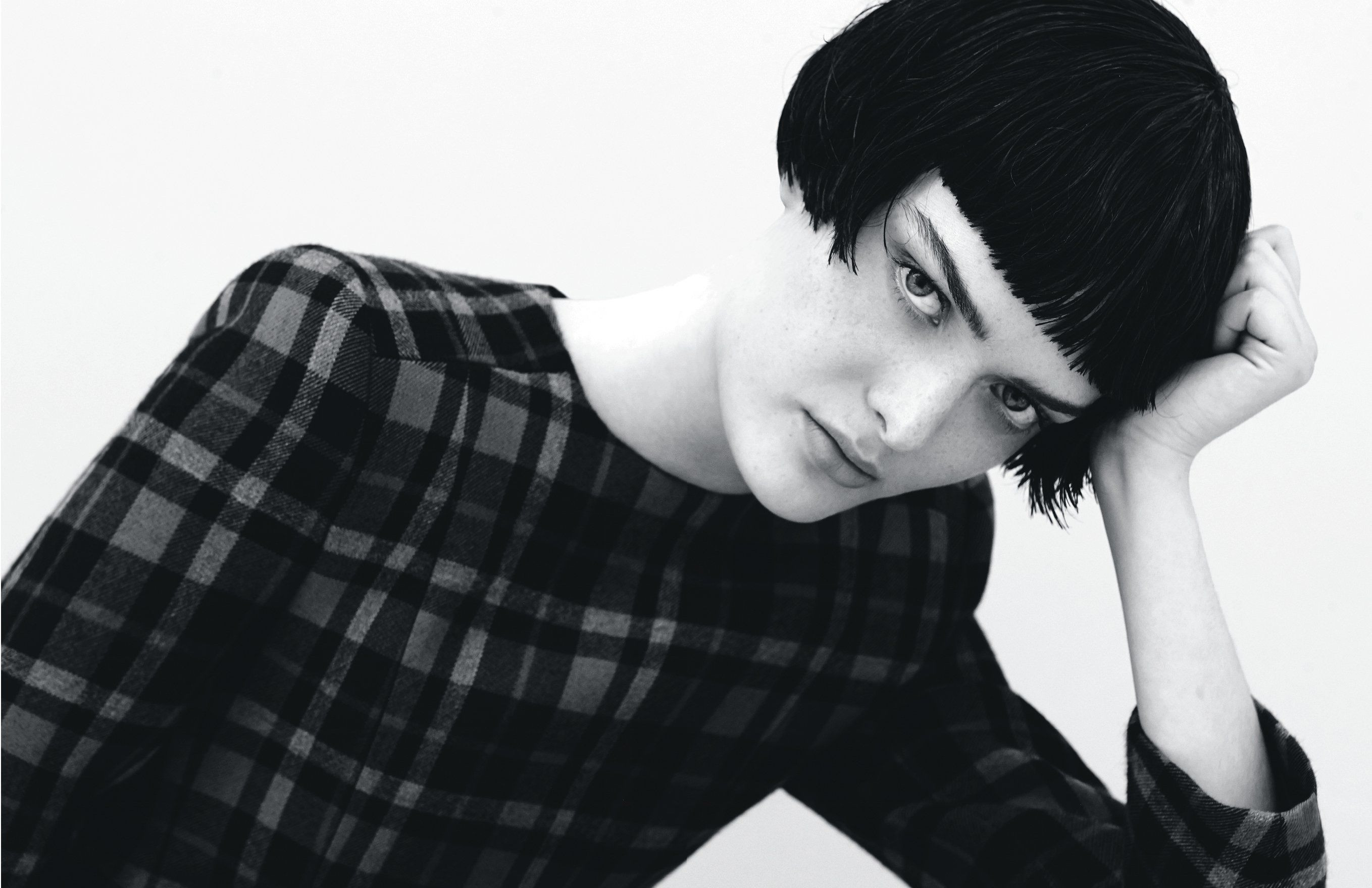
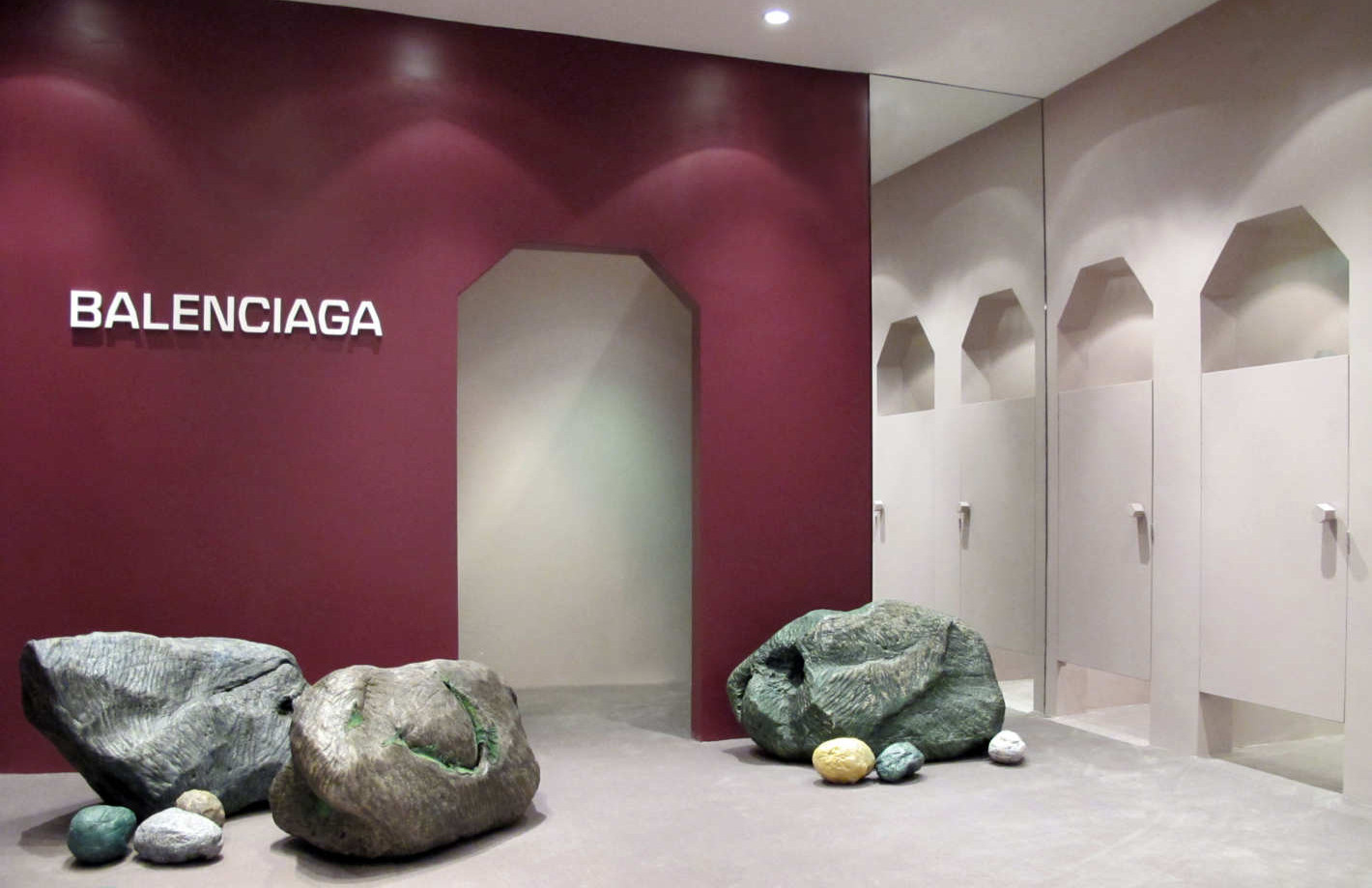
Products Balenciaga
Balenciaga
The Couturier of Couturiers, The Master of Us All

History

Master of tailoring and precision, Cristobal Balenciaga was able to create soft and elegant lines on the human body.


Spanish by birth, he managed to bring elements from his country like lace, the bolero and the contrasting colors, red and black, to Paris in the 1950s. Balenciaga dedicated his life to designing dresses and managed to go beyond the boundaries of fashion. For this reason, he is considered a true artist.


Intuition and innovation, combined with a maniacal precision, are the basis for all of his creationslike collarless shirts, flat necklines, and balloon, tunic, sack and sleeveless dresses.


He was born in 1895 in Getaria to a seamstress mother and fisherman father. He inherited his mother’s passion for tailoring and opened his first haute couture boutique in San Sebastian at only 20 years old. His great success in those years led him to open two more boutiques in Madrid and Barcelona.


When the Civil War in Spain broke out in 1937, Balenciaga decided to move to Paris where he opened his first boutique on Avenue George V, on the third floor of the Palazzo Borghese. Official Couturier for the Spanish royal family, and valued by Europe’s most beautiful and powerful women of that time, Balenciaga created dresses for a small group of elite women whose status made tribute to his art.


His creations were not flashy or spectacular. On the contrary, they were an expression of inner elegance, and were refined and unpretentious. In the fifties, Balenciaga clashed with the philosophy of the famous fashion designer Christian Dior. Unlike Dior, the Spanish Couturier needed physical contact with the dress and wanted to give a woman’s body freedom. He therefore, eliminated boning, padding, stiff bodices, and thus, deviated from the tailoring techniques of the nineteenth century.


He also knew fabrics and their potential very well and even drew inspiration from them. So much so, that he invented a perfect fabric for creating volume which was suitable for evening wear: Gazar. The pieces he created were so well cut that they didn’t need a body to take shape. Coco Chanel said of him: "Only Balenciaga is a true couturier. Only he is able to cut the fabric, sew it and assemble it with his own hands. The others are just designers."


In 1951, a period in which the femininity of a woman was determined by the smallness of her size, he introduced the semi-fitted suit. In 1955, he created the tunic dress and finally the sack dress in 1957, which gave the woman’s body total freedom. He was patient, honest, accurate, and obsessed with achieving perfection.


He personally followed every step in the creation of every outfit. In the sixties, with social unrest and the beginning of the Women’s Movement, women’s needs changed. Ready-to-Wear lines hit the stores: pieces that were packaged and sold in predefined sizes to customers, often in department stores.


This process was not in line with Balenciaga’s ideas. He didn’t think it was honest to lose contact with the customer because you couldn’t give special attention to the details that would render the dress perfect for a particular body.


At the height of his fame in 1968, foreseeing an inevitable decline as a result of the changes that were taking place, he preferred to withdraw from the scene.


The desires of customers had changed and stylists had the upper hand. However, Cristóbal Balenciaga, will always remain an undeniable symbol of style and elegance. Christian Dior said, "The couturier of couturiers, the master of us all." On June 10, 2011 a museum dedicated to him was inaugurated by Queen Sofia in Getaria, Spain.


Products Balenciaga
-
Balenciaga - Women's Orbit Cat Sunglasses - Black - Sunglasses - Balenciaga...
Orbit Cat Sunglasses in black bio-based injected nylon with grey lenses are from several looks of Balenciaga Spring 25 Collection.
318,75 € 375,00 € -15%Reduced price ! -
Balenciaga - Women's Signature Square AF Sunglasses - Black - Sunglasses -...
Signature Square AF Sunglasses in black Eastman Acetate Renew, an acetate alternative partially made of bio-based and recycled content, with grey lenses
318,75 € 375,00 € -15%Reduced price ! -
Balenciaga - Sporty B Round AF Sunglasses - Black - Sunglasses - Balenciaga...
Sporty B Round AF Sunglasses in black bio-based injected nylon, with grey lenses
395,25 € 465,00 € -15%Reduced price ! -
Balenciaga - Sporty B Round AF Sunglasses - White - Sunglasses - Balenciaga...
Sporty B Round AF Sunglasses in ivory horn bio-based injected nylon, with mirror silver lenses
395,25 € 465,00 € -15%Reduced price ! -
Balenciaga - Men's Tag 3.0 D-Frame Sunglasses - Black - Sunglasses -...
Tag 3.0 D-Frame Sunglasses in black metal, with grey lenses
301,75 € 355,00 € -15%Reduced price ! -
Balenciaga - Men's Tag 3.0 D-Frame Sunglasses - Silver - Sunglasses -...
Tag 3.0 D-Frame Sunglasses in silver metal, with light grey lenses
301,75 € 355,00 € -15%Reduced price ! -
Balenciaga - Under Armour® Rectangle Sunglasses - Black - Sunglasses -...
Under Armour® Rectangle Sunglasses in black bio-based injected nylon with grey lenses are from several looks of Balenciaga Spring 25 Collection.
378,25 € 445,00 € -15%Reduced price ! -
Balenciaga - 4G Cat Sunglasses - Blue - Sunglasses - Balenciaga Eyewear
4G Cat Sunglasses in metallized blue aluminum with matte mirror blue lenses are in several looks of Balenciaga Summer 24 Collection.
675,75 € 795,00 € -15%Reduced price ! -
Balenciaga - Reverse Xpander Rectangle Sunglasses - Red - Sunglasses -...
Reverse Xpander Rectangle Sunglasses in red bio-based injected nylon, mirror red lenses
361,25 € 425,00 € -15%Reduced price ! -
Balenciaga - Reverse Xpander Rectangle Sunglasses - Black - Sunglasses -...
Reverse Xpander Rectangle Sunglasses in black bio-based injected nylon, mirror silver lenses
361,25 € 425,00 € -15%Reduced price ! -
Balenciaga - Hourglass Mask Sunglasses - Black - Sunglasses - Balenciaga Eyewear
Hourglass Mask Sunglasses in black injected nylon
420,75 € 495,00 € -15%Reduced price ! -
Balenciaga - Speed Sunglasses - Black - Sunglasses - Balenciaga Eyewear
Speed Sunglasses in black bio-based injected nylon
675,75 € 795,00 € -15%Reduced price ! -
Balenciaga - 4G Cat Sunglasses - Black - Sunglasses - Balenciaga Eyewear
4G Cat Sunglasses in black aluminum with grey lenses are in several looks of Balenciaga Summer 24 Collection.
505,75 € 595,00 € -15%Reduced price ! -
Balenciaga - 5G Sunglasses - Black - Sunglasses - Balenciaga Eyewear
5G Sunglasses in black bio-based injected nylon are in several looks of Balenciaga Summer 24 Collection.
675,75 € 795,00 € -15%Reduced price ! -
Balenciaga - Women's Bossy Cat Sunglasses - Black - Sunglasses - Balenciaga...
Mirage Oval Fashion Accessory in shiny dark ruthenium metal with grey lenses is in several looks of the Balenciaga’s Summer 23 Collection.
722,50 € 850,00 € -15%Reduced price ! -
Balenciaga - Women's Hamptons Cat Sunglasses - White - Sunglasses -...
Hamptons Cat Sunglasses in white bio-based injected nylon, with grey lenses
301,75 € 355,00 € -15%Reduced price ! -
Balenciaga - Women's Hamptons Cat Sunglasses - Black - Sunglasses -...
Hamptons Cat Sunglasses in black bio-based injected nylon with grey lenses are in several looks of Balenciaga’s Spring 24 Collection.
301,75 € 355,00 € -15%Reduced price ! -
Balenciaga - Dynamo Rectangle Sunglasses - Black - Sunglasses - Balenciaga...
Dynamo Rectangle Sunglasses in black bio-based injected nylon, with grey lenses
361,25 € 425,00 € -15%Reduced price ! -
Balenciaga - Dynamo Rectangle Sunglasses - Green - Sunglasses - Balenciaga...
Dynamo Rectangle Sunglasses in metallic green bio-based injected nylon, with brown lenses
361,25 € 425,00 € -15%Reduced price ! -
Balenciaga - Dynamo Round Sunglasses - Black - Sunglasses - Balenciaga Eyewear
Dynamo Round Sunglasses in black bio-based injected nylon with grey lenses are in several looks of Balenciaga’s Spring 24 Collection.
361,25 € 425,00 € -15%Reduced price ! -
Balenciaga - Dynamo Round Sunglasses - Blue - Sunglasses - Balenciaga Eyewear
Dynamo Round Sunglasses in metallic blue bio-based injected nylon with mirror blue lenses are from the looks 4 and 17 of Balenciaga’s Spring 24 Collection.
361,25 € 425,00 € -15%Reduced price !



